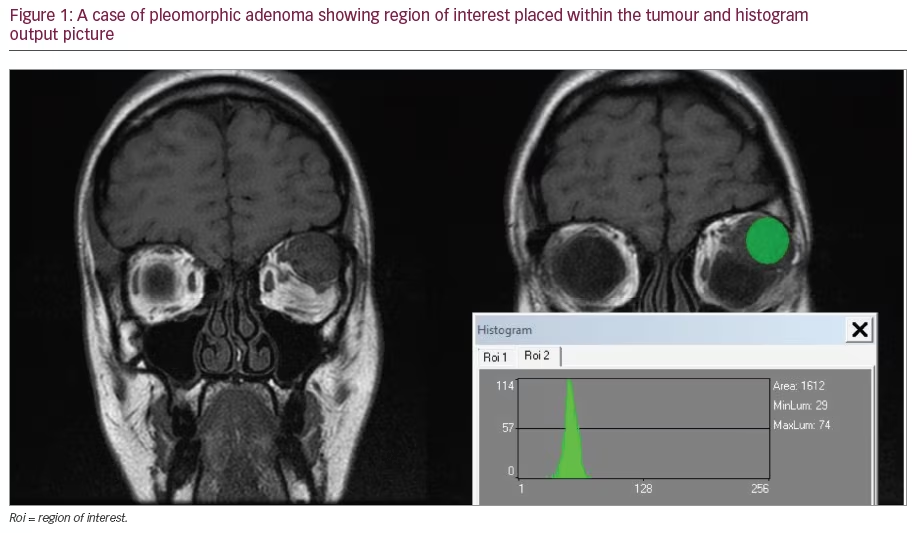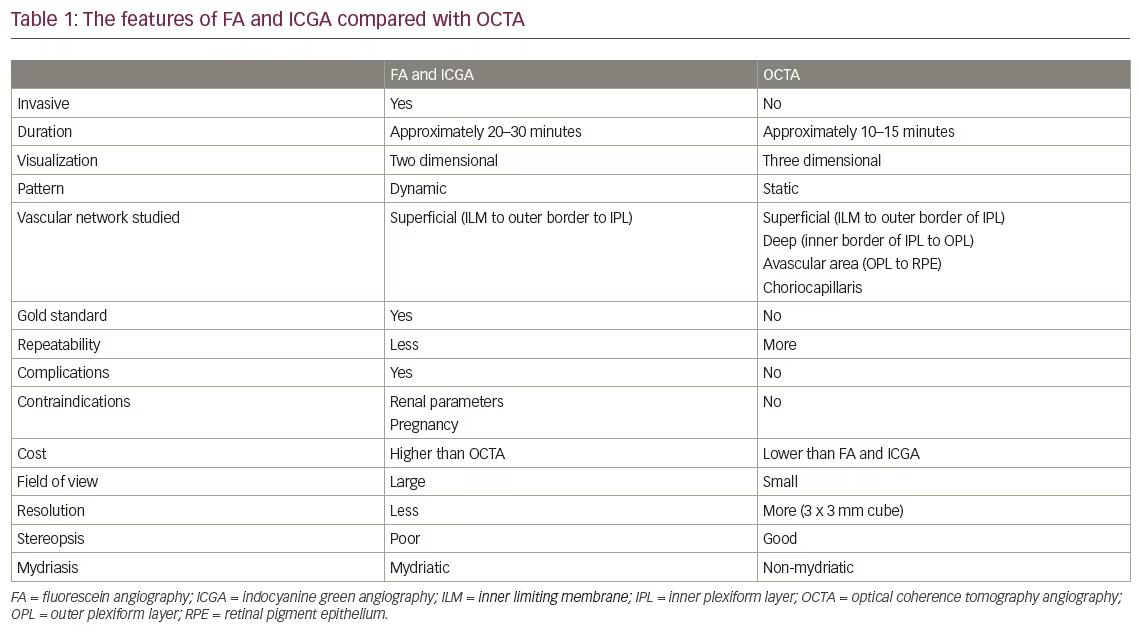Retinal imaging has evolved over many years thanks to the contributions of ophthalmologists, engineers and companies. However, there are certain important landmarks that have changed the way in which we view and understand the retina. After working on the eye’s anatomy and discovering the structures of the eye and retina and their function in good vision, noone can question the importance of understanding ocular imaging.
Retinal imaging has evolved over many years thanks to the contributions of ophthalmologists, engineers and companies. However, there are certain important landmarks that have changed the way in which we view and understand the retina. After working on the eye’s anatomy and discovering the structures of the eye and retina and their function in good vision, noone can question the importance of understanding ocular imaging.
The first significant discovery came in the middle of the 19th century with the invention of the direct ophthalmoscope by Helmholz in 1851; soon afterwards, in 1852, the inverted-image ophthalmoscope was developed by Ruete. In 1886, the studies of Jackman and Webster produced the first photographs of the human retina by using an ophthalmoscopic mirror – a curved mirror with a centrally located hole – in conjunction with a two-inch microscope objective. This discovery was the beginning of modern imaging of the retina; however, it should be noted that the images were quite blurry. Improvements in instrumentation and techniques were needed before high-quality fundus photography could become routine. Alongside efforts to obtain quality images of the retina, other studies were being carried out using certain chemicals to allow better visualisation. In 1871, Adolf Baeyer, a 1905 Nobel Laureate in chemistry, described methods for producing a number of new organic dyes – including sodium fluorescein.
Ten years later, fluorescein dye was utilised by Ehrlich to examine the flow of aqueous humour; this was the first published use of sodium fluorescein in ophthalmology. Ehrlich’s investigation of fluorescein in the eye was followed in 1910 by Burke, who examined the choroid and retina after the administration of fluorescein dye in coffee. In 1930, Kikai viewed the retina with filtered light in an attempt to more clearly view the injected dye. However, it was not until 1939 that the path of the dye in the retinal blood vessels was described.
As mentioned above, many events preceded the development of retinal imaging and fluorescein angiography techniques. Manufacture of the fundus camera, one of the main steps in the retinal imaging cascade, was begun in the 1920s. However, many later developments and studies did not provide important new information – in fact, this was not achieved until 1961, when Novotny and D’Alvis at Indiana University carried out the first fluorescein angiogram providing data on blood vessels. Since then, angiography has become a mainstay in the diagnosis and assessment of therapies in retinal diseases, including macular degeneration, diabetic retinopathy and retinal vascular occlusions. The basic technique of fluorescein angiography has remained relatively unchanged since it was first reported in 1961. However, there have been major advances in image capture technology, the most significant of which was the transition from film-based camera systems to digital image capture systems. At first, the ophthalmology community’s acceptance of the new digital technology was slow. However, once digital storage became cheaper and resolution, processing time and ease of image duplication, manipulation and transmission were improved, digital angiography became the new standard in the ophthalmology community.
It is obvious that colour fundus image records and fundus fluorescein angiography are still the most important tools for diagnosis and assessment of the effectiveness of treatment for many retinal diseases. A relatively new imaging technique with modern digital fundus imaging devices – fundus autofluorescence – highlights lipofuscin deposits and also improves our understanding of the metabolic status of the retinal pigment epithelium. When we talk about the importance of digital fundus imaging devices, we need to consider image quality, ergonomic design, data software and, of course, affordability. I would like to share our team’s experience and satisfaction with the new CF-1 digital fundus camera from Canon. First, I want to emphasise the ergonomic and user-friendly design of the device. The CF-1 provides impressive flexibility with smooth wide-range pan and tilt movements for exceptional ease of use. All CF-1 functions are integrated into a single tabletop unit with a power supply built directly into the base. The new compact design allows for closer interaction with the patient and, if needed, easy transportation of the system to other rooms.
The CF-1 digital mydriatic retinal camera is very easy to use and efficient for both doctors and technicians. In our clinics all pictures are taken by technicians. With attachment to a Canon EOS 40D digital SLR camera, which provides up to 10.1 million pixels, the CF-1 is capable of delivering clear and detailed diagnostic images for virtually immediate review. The CF-1 provides high-resolution colour, red-free and fluorescein angiography imaging performance. With the ability to integrate CF- software with a variety of network configurations, we are able to store all of the pictures in our database and reach them from 15 examination rooms. This allows us to discuss our patients whenever and wherever we want. Additionally, if you have the time, you can try out the many features of the software, which offers comprehensive retinal assessment with easy and user-friendly access. We also use the Internet to discuss some special cases.
With this sophisticated digital imaging technology in every primary care office, patients will have access to excellent treatment alternatives. Indeed, a diagnostic digital retinal imaging device is now available that can take dilated fundus colour–fluorescein angiographic photographs and send the images over the Internet to a centralised reading centre. The images are examined and interpreted by a team of retina specialists, and the results are sent back to the primary care physician’s office immediately.
As mentioned above, affordability is also important. I think this device is an excellent digital retinal camera, and the price is an extra bonus. This cost-effective, advanced design in compact ergonomic technology allows us to achieve high-quality (colour–red-free–fluorescein angiographic) photographic results and comprehensive assessment. I would urge you to make an economic argument for every piece of equipment you are intending to purchase, without of course sacrificing or endangering your main purpose.







